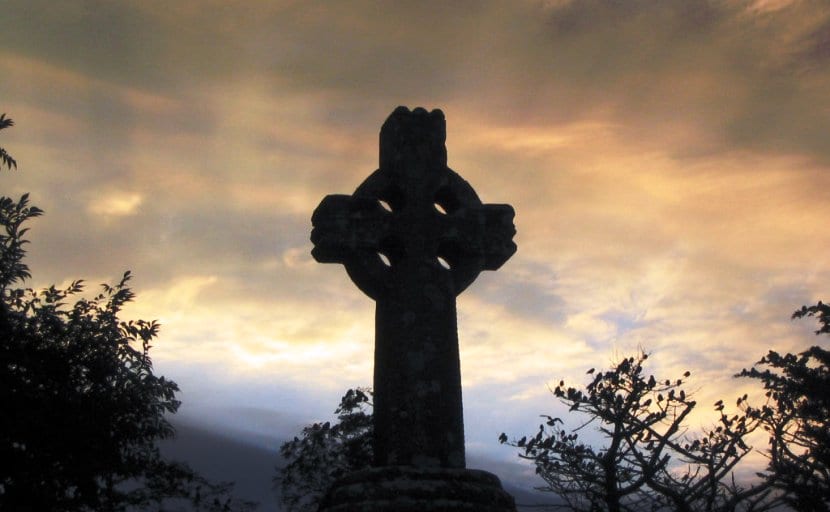
Ireland is a wonderful country, with cheerful people, or at least more than the British, talkative and noisy who like to tell their traditions and to be different from the English, in fact it is a fairly common mistake for many students who come close to perfecting the language to assume that Ireland is part of the United Kingdom, this is usually taken as an offense .. Without a doubt that fame of headstrong, or better In other words, staying true to their principles is well earned.
Descendants of the Celtic people, strong-looking redheads predominate among Irish men and women. They all speak English, it is the official language, but also Gaelic since 1922, and it is estimated that almost half of the population is able to speak it, since it is compulsory in schools. The three main Irish dialects are Ulster in the north, Munster in the south, and Connacht in the central and western region of the island.
But beyond this characteristic of the language itself, this country has many other characteristics and its own customs that make them be recognized anywhere in the world and who has not celebrated a Saint Patrick's Day?
Saint Patrick, Ireland's green holiday
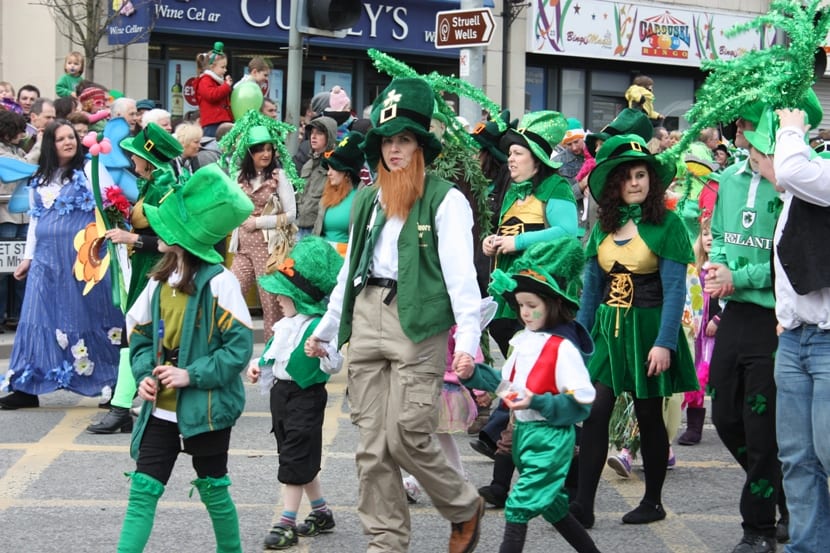
The quintessential holiday in Ireland is the Feast of Saint Patrick, which is celebrated on March 17 of each year. On this day everyone wears something green, which on the other hand is the color that symbolizes the country, and a shamrock. The clover symbolizes the teachings of the Holy Trinity that Saint Patrick brought to these lands. Throughout the day there are countless parades and in the evenings there will be parties, concerts, beers and festivities in the pubs. The Dublin parade in the capital is part of a festival that lasts five days.
Bloomsday, following in the footsteps of Ulysses
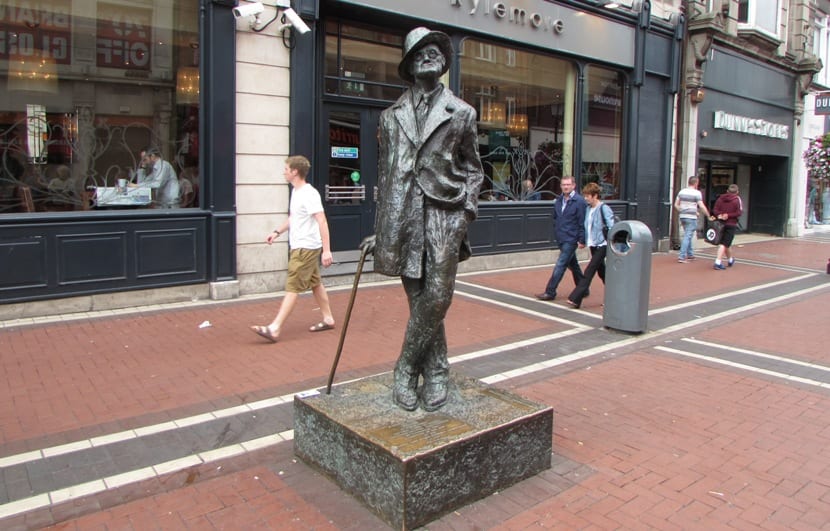
El bloomsday is an annual event held in honor of Leopold Bloom, the main character in the novel Ulysses by James Joyce. It has been celebrated every June 16 since 1954 and those who celebrate it try to eat and dine the same as the protagonists of the play, and they hold meetings in Dublin to follow the exact itinerary of the action. It is not that it is a very old tradition, but it is already fully assimilated into the life of the Irish.
Weddings, a very beautiful tradition
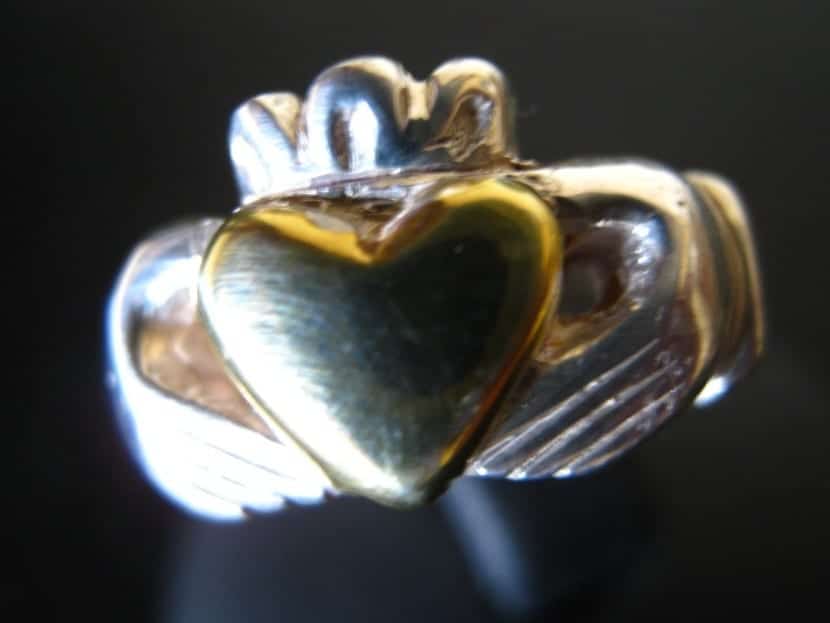
A very beautiful tradition are wedding ceremonies, in which couples choose to honor the ancient Celtic rite of joining hands at their weddings. The bride and groom join hands through a tied white bow. And a curiosity that we say that the bride wears something blue, something new, something used and something borrowed is of Irish origin.
Another curiosity about Irish weddings is that days before, goose will be cooked at the bride's house, and at the banquet the bride and groom will start eating salt and oatmeal, as protection against the evil eye.
Elves and fairies, the leprechauns
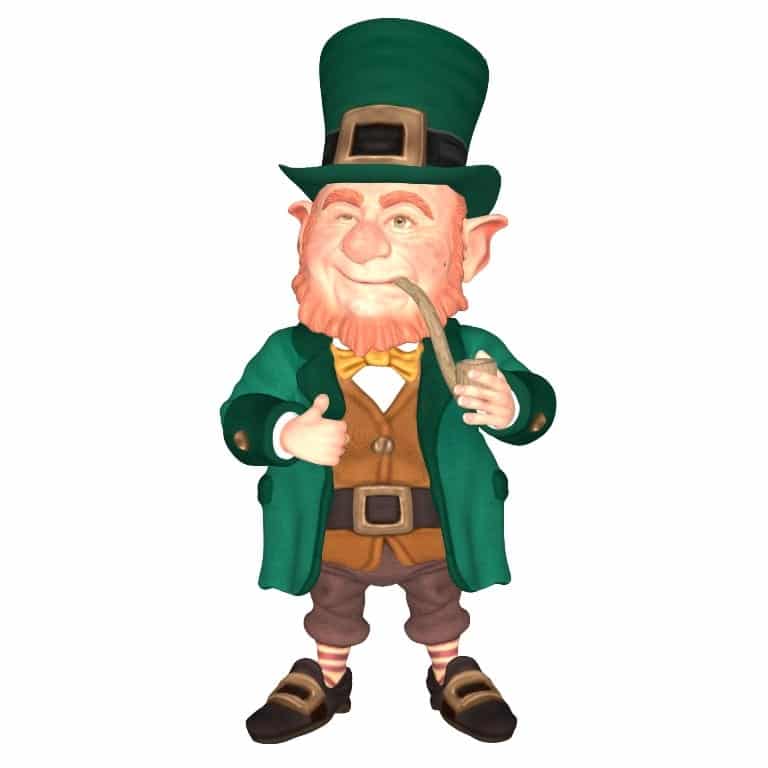
As good Celts the Irish believe in all the forces of nature, and also in that leprechauns, some nice little goblin-men protagonists of popular Irish folklore. Legend has it that leprechauns have been in Ireland before the Celts themselves, often taking the form of old men who enjoy mischief and make or fix shoes. The best part is that catching one will lead you to their pot of gold coins, you know, the one at the end of the rainbow.
Hurling, a sport for tough men
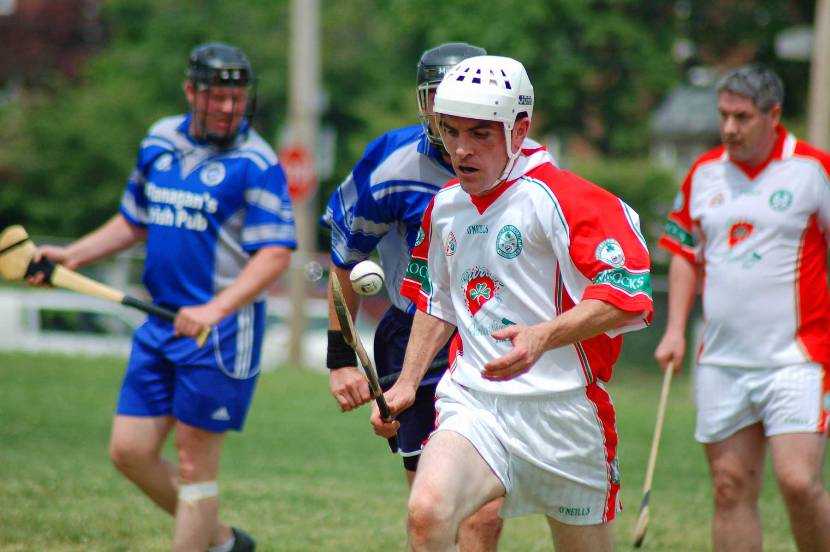
Another tradition and custom that the Irish are very proud of is el howling, a 15-member team sport of Celtic origin. It is played with sticks, called hurley or camáin, with which a ball is hit, sliotar. The origin of the game is so old that there are legends of Celtic tradition that contain stories about this sport, such as that of the mythological hero Cúchulainn. In the thirteenth century it had to be banned due to excessive violence between players. Perhaps one of the rules that most attracts my attention in this sport is that in the event of a tie, the entire match has to be repeated.
Traditional music and dances

You cannot understand the life of the Irish without music, and it is that folk music has remained alive and with increasing force, at the same time that it is accompanied and fed by other musical movements.
The songs and melodies are believed to be ancestral and respected, although in reality, many are less than 200 years old, but there is a conviction that they have passed through oral tradition.
Although solo performance is preferred in the folk music tradition, bands or at least small ensembles have probably been a part of Irish music since the mid-XNUMXth century, but this is a point where experts do not get down to business. agree.
I hope that these customs and traditions have helped you to know a little more about the “country where it always rains”, and following the Irish logic, if it rains you can only do two things: either go to the pub, or go shopping. If you decide on the latter, the Aran sweater and the original peat-based pendants deserve special attention.
if it does not put anything that I want to find out
nothing comes from customs and traditions